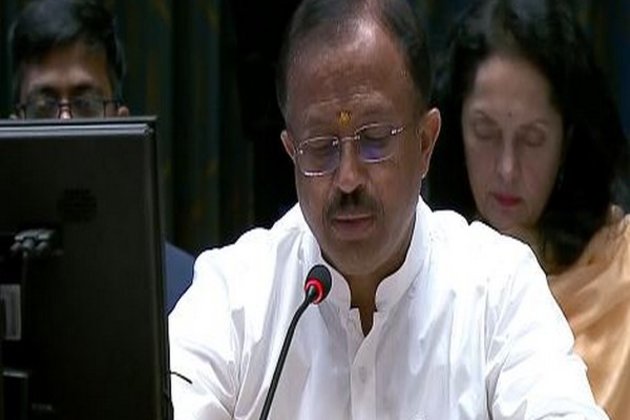
News: President Donald Trump appoints Elon Musk as Department of Government Efficiency. Chief Advisory D.O.G.E
Reducing Wasteful Spending in the U.S.: A Path to Greater Government Efficiency
Wasteful government spending is a persistent problem in high-income countries, with the U.S. being no exception. Despite regular audits and reports from organizations like the Government Accountability Office (GAO), improper payments continue to cost taxpayers billions of dollars each year. In 2018 alone, the U.S. government spent approximately $140 billion on improper payments, including $1 billion allocated to deceased individuals and $242 million in excess funding to farmers. This highlights the urgent need for reforms aimed at improving government efficiency and reducing unnecessary expenditures.
Key Steps to Reducing Wasteful Spending
To curb wasteful spending and ensure better use of taxpayer dollars, the Department of Government Efficiency can implement the following strategies:

1. Improved Accountability
Accountability is at the heart of government efficiency. A performance-based evaluation system should be established, holding agencies accountable for efficient spending and proper resource allocation. Expanding independent audits and acting on their findings will ensure that public funds are not misused. By creating strong incentives for agencies to save money, the government can drive meaningful improvements in its spending habits.

2. Streamlined Public Procurement
The procurement process in the U.S. government is often characterized by complex regulations that prioritize adherence to rules over achieving the best value for money. By focusing on cost-effectiveness and encouraging competitive bidding, the government can achieve substantial savings. A centralized procurement platform could further reduce costs by enabling bulk purchasing across federal agencies, ensuring that taxpayers get the best deal on commonly purchased items like office supplies, technology, and equipment.

3. Advanced Technology for Payment Tracking
One of the primary causes of wasteful spending is improper payments. To combat this, the government should leverage advanced data analysis tools, such as machine learning and AI, to identify and prevent errors. By regularly reviewing eligibility criteria for benefits and using technology to detect anomalies in payment patterns, the government can significantly reduce improper payments, including those made to deceased individuals or those receiving excess subsidies.
4. Fostering a Cost-Conscious Culture
Lastly, government agencies must foster a culture of cost-consciousness. Incentivizing cost-cutting through performance-based rewards or public recognition will encourage departments to take ownership of their spending. Transparency around the outcomes of efficiency efforts can also help build public trust and support for these initiatives.
Conclusion
Reducing wasteful government spending is crucial for ensuring that taxpayer dollars are spent wisely. By improving accountability, streamlining procurement, leveraging advanced technology, and fostering a culture of cost-consciousness, the U.S. government can make significant strides in eliminating inefficiencies. Implementing these reforms will help build a more efficient government that better serves its citizens.
Report by Olukayode O. Adedayo. ED Planetbridge Nigeria. All rights reserved.







